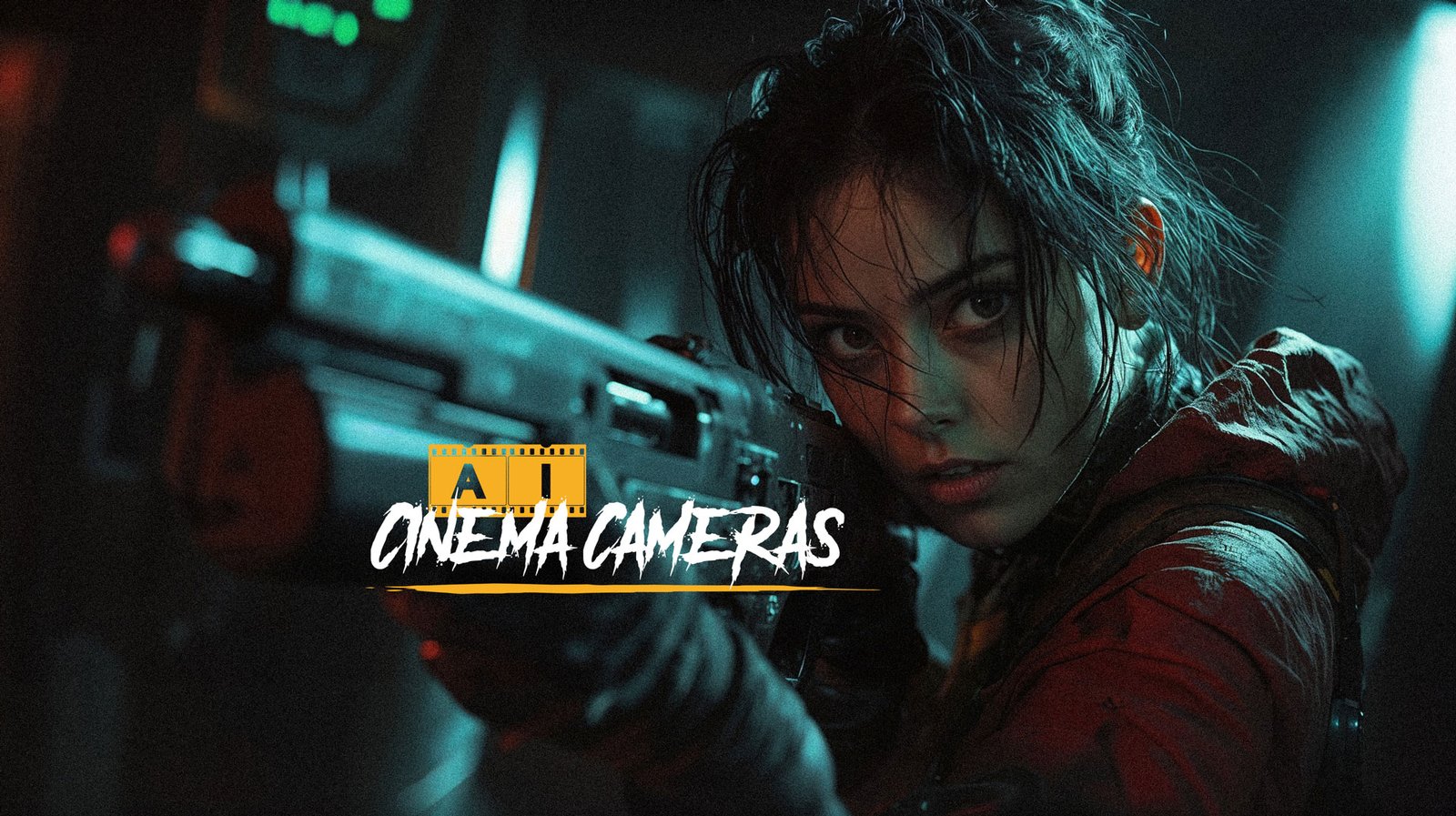
Cinematography and Film Cameras Prompt in Midjourney
How I Use Cinematography and Film Camera Prompts in MidJourney
(And Why They Actually Matter if You’re Trying to Make Something That Looks Real)
Most people using MidJourney just throw in vague words like “cinematic” or “photorealistic” and hope for the best. But if you’re someone who’s spent time behind a real camera—whether it’s on set, in a studio, or just shooting with intention—you already know: the lens changes everything. The camera shapes the story. And in AI generation, especially with MidJourney, naming the camera or lens actually works.
This isn’t theory. I use this daily.
I’ve spent the last couple years blending photography, video work, and AI tools to create content for my worldbuilding projects like DangerGirlx and a bunch of experimental music videos. And here’s what I’ve learned: If you want your visuals to feel cinematic, grounded, or believable—you need to think like a cinematographer.
You don’t need to overcomplicate it. But knowing what cameras and lenses do in the real world lets you fake that realism in your AI shots.
What Happens When You Add a Camera Prompt?
When you add a camera type (or lens) to your prompt, MidJourney adjusts everything:
– Composition
– Focal length
– Color tone
– Depth of field
– Light falloff and distortion
In other words, you get closer to a real photo or a film still—not just an AI-dreamed piece of concept art. That’s especially important if you’re trying to build a world, storyboard a scene, or generate a promo image that feels like it came from a real movie or set.
Most Useful Camera Prompts I Use in MidJourney
If you’re just starting out, here’s a breakdown of camera terms that consistently give good results—whether you’re going for realism, nostalgia, or cinematic sharpness.
🟠 Photorealistic / DSLR Look
If you want the clean, detailed look of modern photography or commercial film:
Canon 5D Mark IVSony A7R IVFujifilm XT3Nikon Z935mm f/1.4 lens85mm portrait lensnatural light + shallow depth of field
Use this for anything that’s supposed to feel like a lifestyle shot, fashion, or moody portrait work. 35mm and 85mm will give you really good depth blur with clear focus.
🟡 Cinematic (Modern Film Look)
These give you the “movie still” feel:
ARRI AlexaRED KomodoPanavision cameraanamorphic lenscinematic framingorcinema stillfilm grain,depth of field,bokeh
The key with these is to pair the camera with things like “studio lighting,” “CineStill 800T” or “Kodak 5207” if you want a film stock look.
🟢 Vintage Film or Analog Photography
For grain, nostalgia, or something that feels aged:
Super 8 cameraPolaroid SX-70Hasselblad 500CMKodak EktachromeLomographyexpired film look
Great for flashbacks, dream sequences, or anything that needs to feel like a memory instead of a moment.
🔵 Surveillance / Found Footage / Experimental
For grittier or off-beat looks:
CCTVVHS camcorderGoProdrone shotdashcam footagesecurity cam angle
These are cool if you’re trying to create story-driven tension or generate alternate POVs in a scene.
My Go-To Pairings (That Rarely Miss)
If you want shortcuts, here are some pairings I use all the time:
- “portrait of a woman, ARRI Alexa, 85mm lens, depth of field, cinematic lighting”
→ Looks like a movie still from an A24 film. - “Super 8 footage of a girl running through the street, soft grain, retro color palette”
→ Feels nostalgic and textured. - “ARRI Alexa, anamorphic lens, emotional scene at night, rain, soft light”
→ This one gives me moody drama every time.
Final Thoughts: Why This Isn’t Just About Aesthetics
It’s not just about getting pretty images.
If you’re a storyteller—especially working with AI tools—you want your work to have intent. Otherwise, it all starts looking the same. That’s the trap. Adding camera types helps lock in a mood, control the story visually, and break out of the generic AI look.
When I started using specific cameras and lenses in my prompts, everything changed. My outputs felt like real shots. I started thinking in scenes, not images. And that’s when the filmmaking side of my AI work really clicked.
If you want a deeper breakdown of this, with more examples and context, I wrote a more in-depth article here:
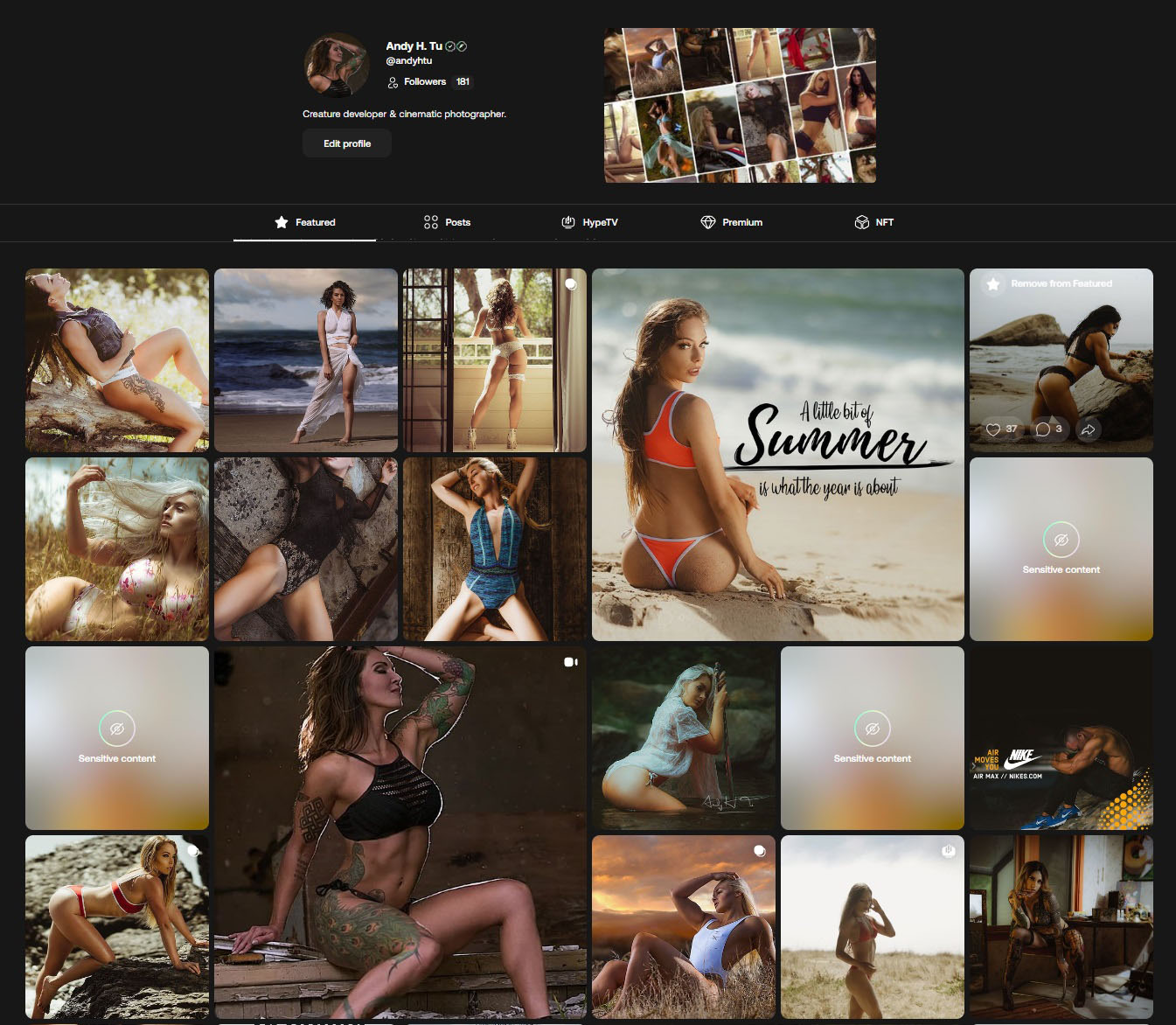
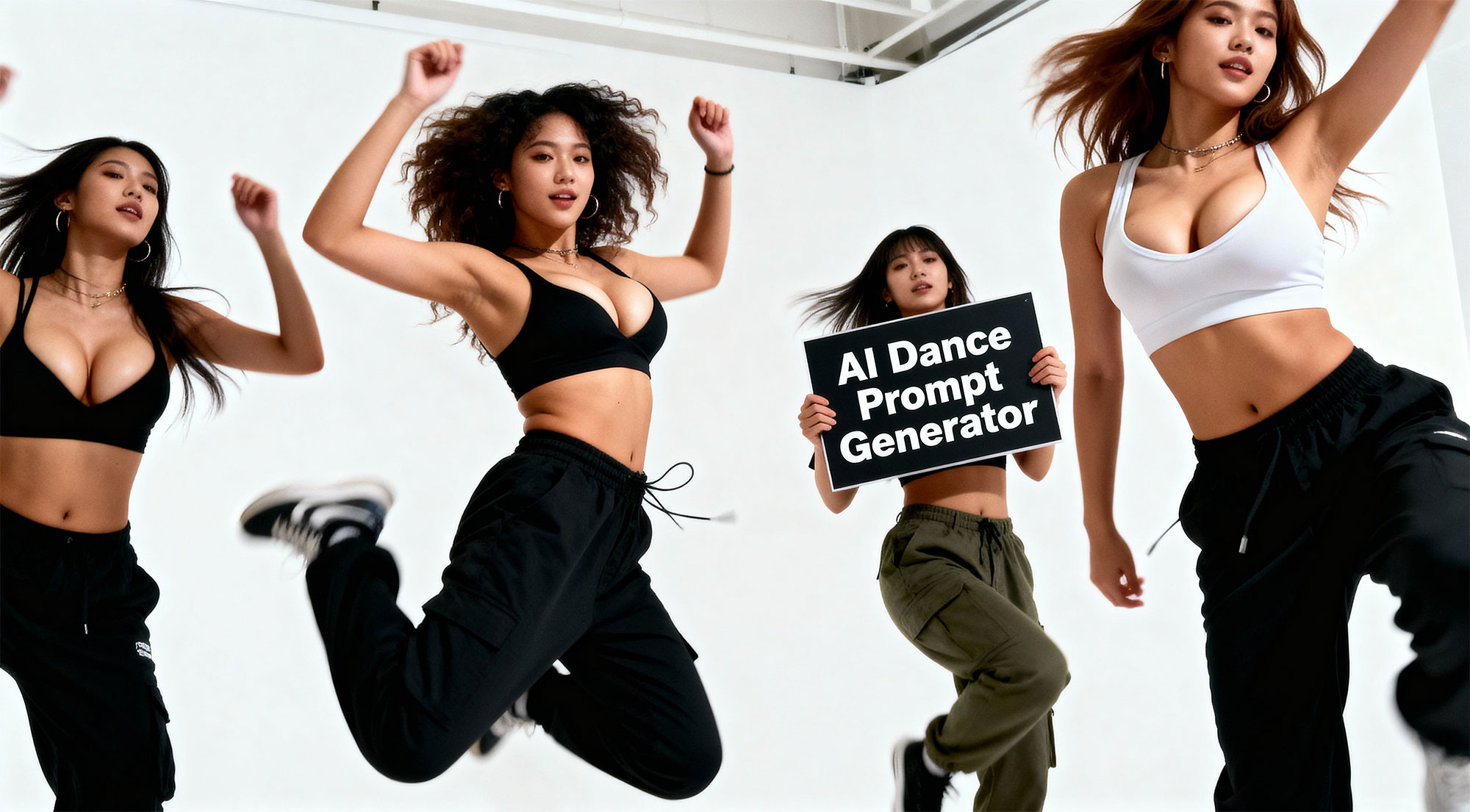
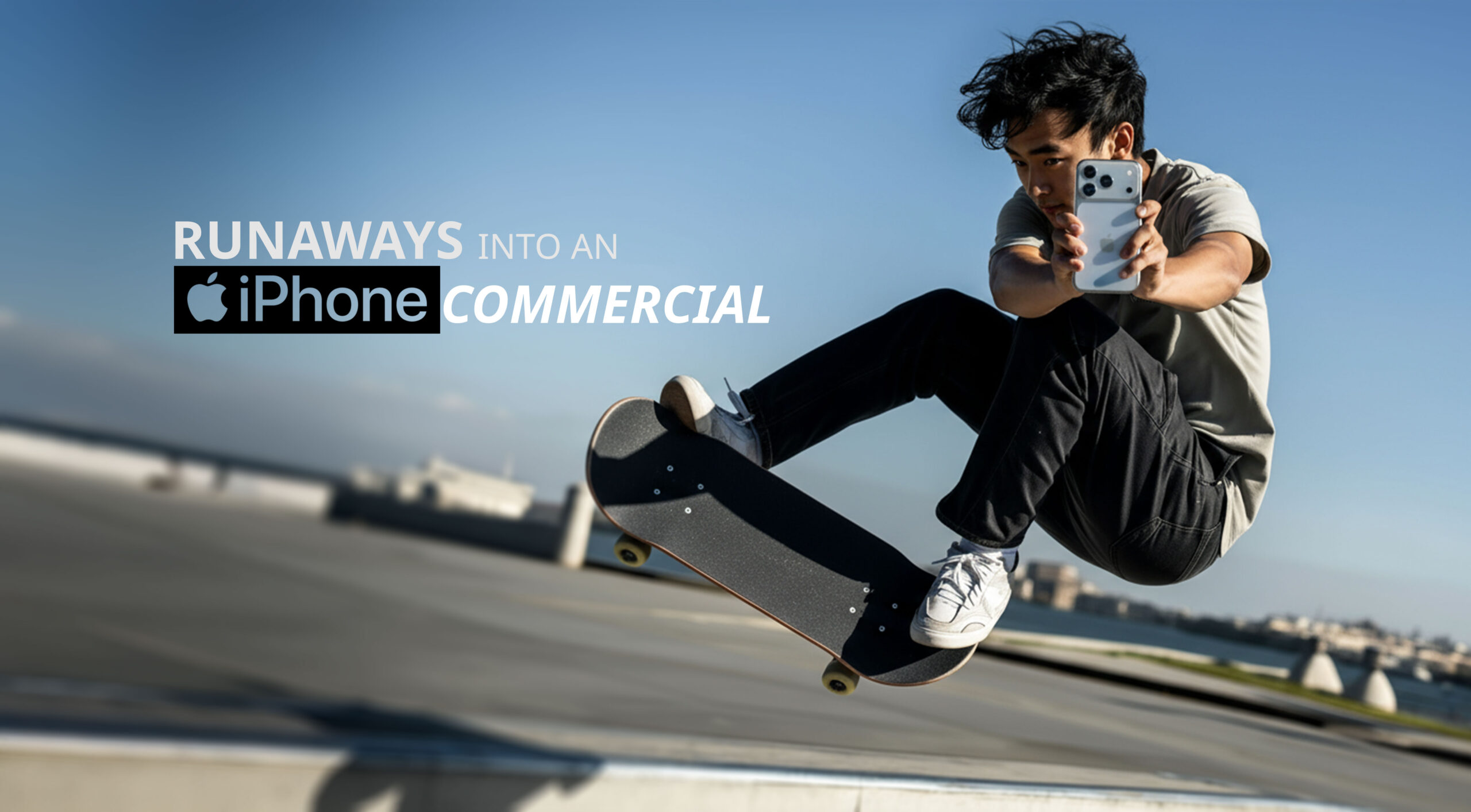

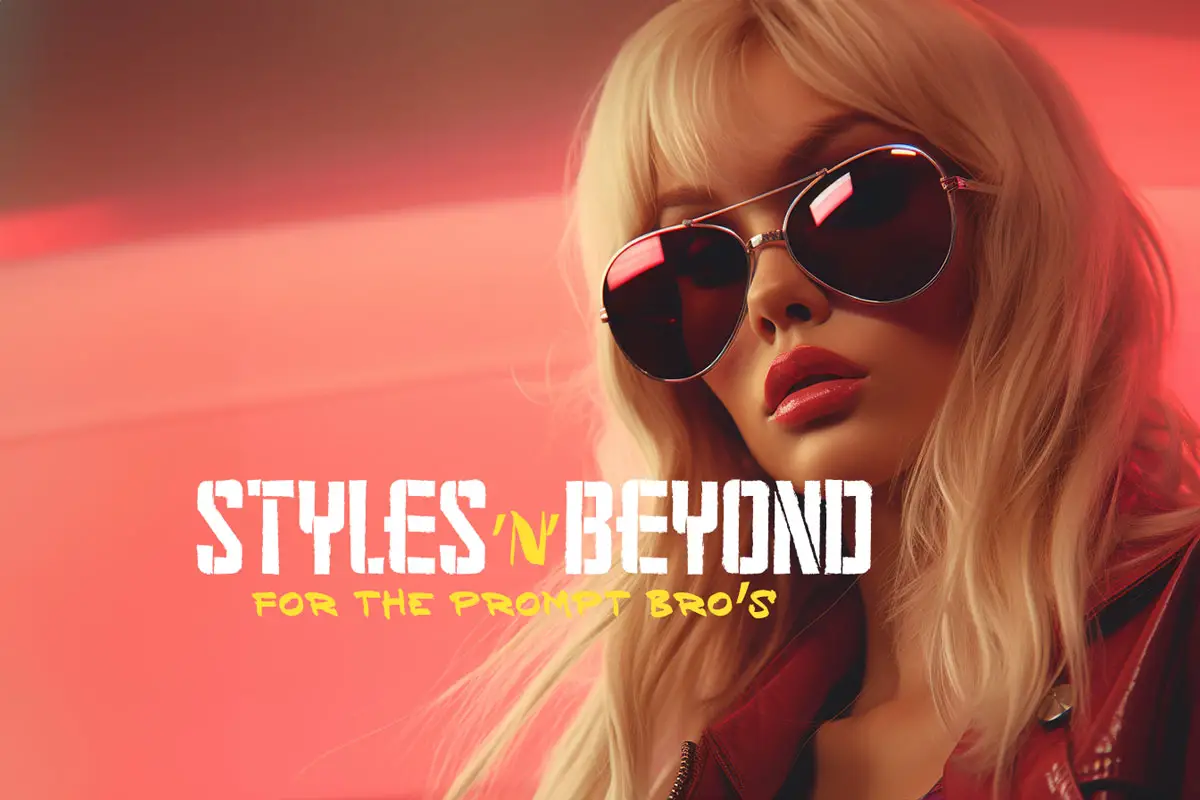


Leave a Reply